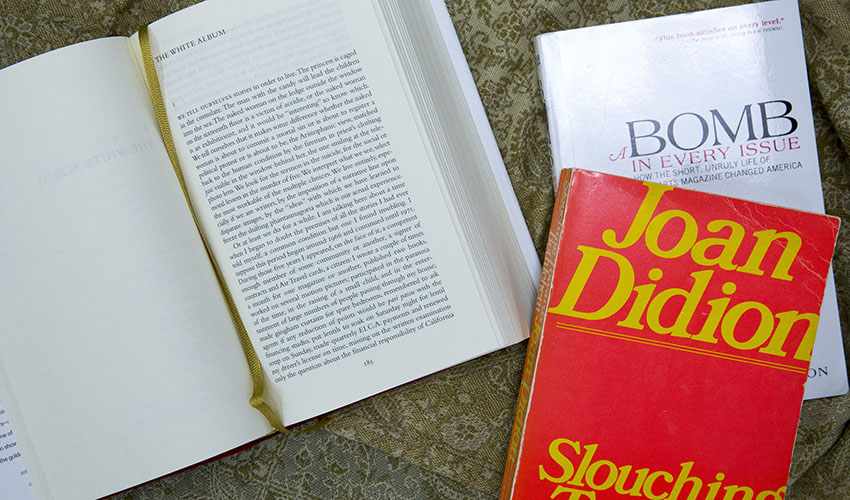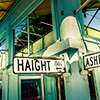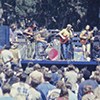Journalism takes on new slant in mid-1960s

A group of writers called the New Journalists, including author of "Slouching Toward Bethlehem" Joan Didion, emerged around the time of the Summer of Love and added narrative subjectivity to their reporting.
Journalism becomes highly charged and artful during Summer of Love
Part 5 of six stories about the lasting legacy of the Summer of Love
The unofficial motto of the 1960s was “Question everything.” Journalists have always had a reputation for being skeptics, but around the time of the Summer of Love they appeared to do it with much more explosiveness and flair.
SF State experts say this mixture of muckraking and narrative styling transformed journalism for years to come and can be seen in modern publications and media.
SF State Humanities Lecturer Peter Richardson’s book, “A Bomb in Every Issue,” chronicles Ramparts magazine, which began as a Catholic quarterly in 1962. By 1967 the publication was breaking major stories on Vietnam, the CIA and the Black Panthers. It took leftist politics and merged it with celebrity culture. It ran stories the mainstream media wouldn’t touch and then publicized it a way that the mainstream media couldn’t ignore, Richardson said. The magazine eventually folded in 1975, but former employees went on to found Rolling Stone and Mother Jones magazines — which still carry that muckraking and independent spirit.
Professor of English Language and Literature Geoffrey Green said “new journalism” is often associated with the Summer of Love even though it began much earlier with non-Summer of Love subject matter. “The new journalism was a sense that you could cover a story but do so with an artistic individuality that transformed it into a literary statement,” he said.
All nonfiction inherently has that subjectivity, Green said. “Every biography, if it’s any good, the biographer has formed a kind of shape or contour that gives it life,” he said. Without a particular perspective it would be seen as a shapeless chronology and if it’s only slant then it becomes a polemic, he added.
“What new journalism does is take that sense of a narrative subjectivity and features it and brings it out. Norman Mailer does this in ‘Why Are We in Vietnam?’” Green said. “New journalism eventually merges with cultural media. We see it forming a kind of journalism representing the counter culture, like Rolling Stone magazine.”
Today, that subjectivity can be seen in blogs and in online journals like Slate, Salon and Politico, Green added. “We can see that in Anderson Cooper being so moved by what he sees in Haiti or after Hurricane Katrina and he can no longer be an old school journalist and has to introduce a degree of individuality into the reportage,” he said.



